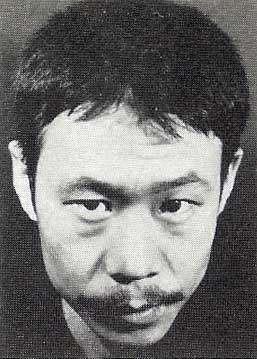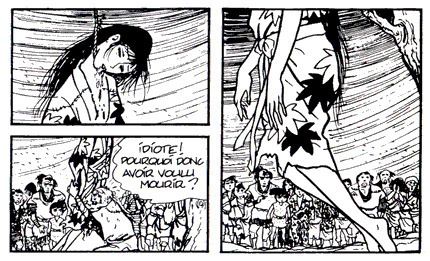Name Sanpei Shirato | Role Manga artist | |
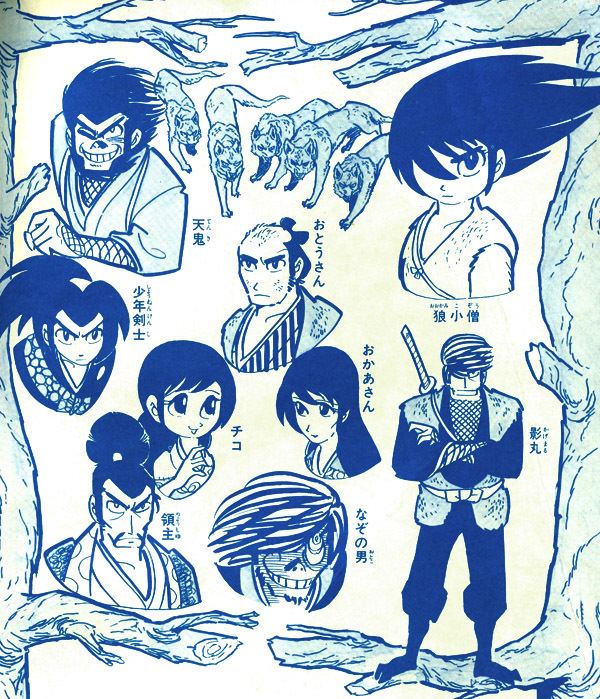 | ||
Books Kamui, The Legend of Kamui: Perfect Collection Movies and TV shows Kamui Gaiden, Band of Ninja, Knights of Ramune Similar People Yoshiharu Tsuge, Yoichi Sai, Shigeru Mizuki, Kankuro Kudo, Osamu Akimoto | ||
The legend of Kamui illustrations - Sanpei Shirato - 1978
Noboru Okamoto (岡本 登, Okamoto Noboru, born February 15, 1932 in Tokyo, Japan), known by the pen name Sanpei Shirato (白土 三平, Shirato Sanpei), is a Japanese manga artist and essayist known for his social criticism as well as his realistic drawing style and the characters in his scenarios. He is considered a pioneer of gekiga. The son of the Japanese proletarian painter Toki Okamoto, his dream to become an artist equal with his father started when he became a Kamishibai artist. He is also known for his work published in the early issues of the manga anthology magazine Garo in 1964, which he began publishing so as to serialize his comic Kamui.
Contents
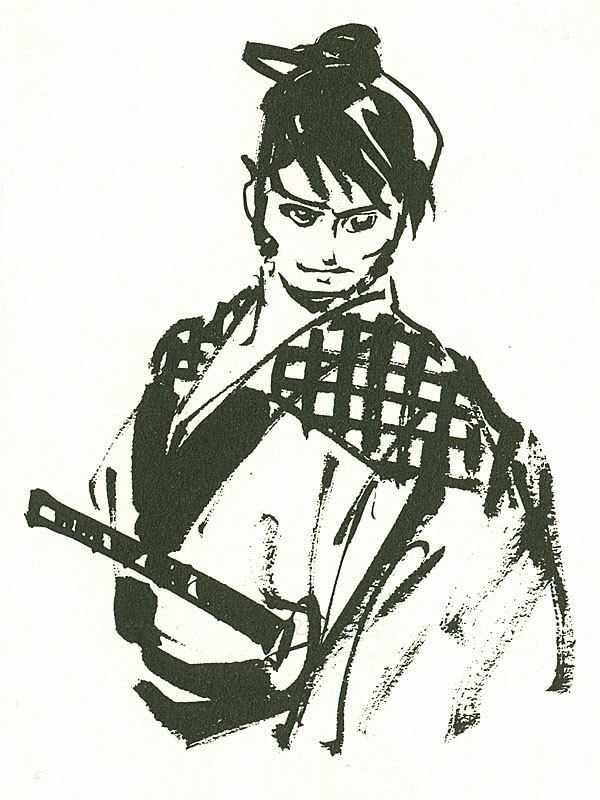
Biography
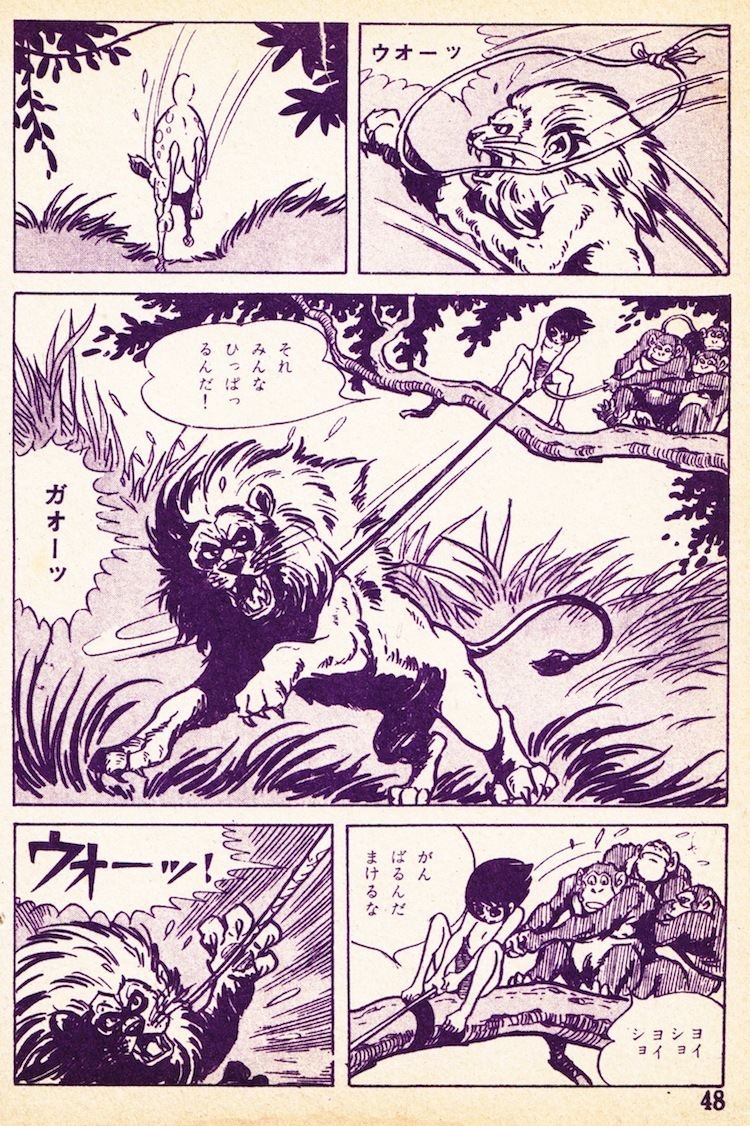
In his childhood Shirato's father was active in the proletarian culture movement, being one of the few people to be photographed with the tortured corpse of proletarian leader Kobayashi Takiji. As he grew up he experienced the rancor of the war years, and it is said that these grim emotions come out in the nihilistic society portrayed in his works.

Shirato developed his artistic style through painting picture-card shows (kamishibai) after finishing middle school at 18. He was influenced by the Ukiyo-e of the pre-Meiji period, but differed in his portrayal of action in a multi-panel "slow motion" style unique to his manga. His style of action portrayal came from the tension building techniques inherent in the performance aspect of Kami-shibai. Shirato started his career as a professional manga artist in 1957 with Ninja bugeichō, a historically-based ninja-themed manga that captured the attention of students and intellectuals of the time. The Legend of Kamui, the first series published in Garo, can be considered his most important manga work. It is the story of Kamui, a ninja who leaves an organization that pursues him and clearly sees the true nature of the Edo period and the discrimination that existed in the feudal system. Shirato's works are primarily historical dramas that focus on ninja, present a historical record of Japan, and criticize oppression, discrimination, and exploitation.
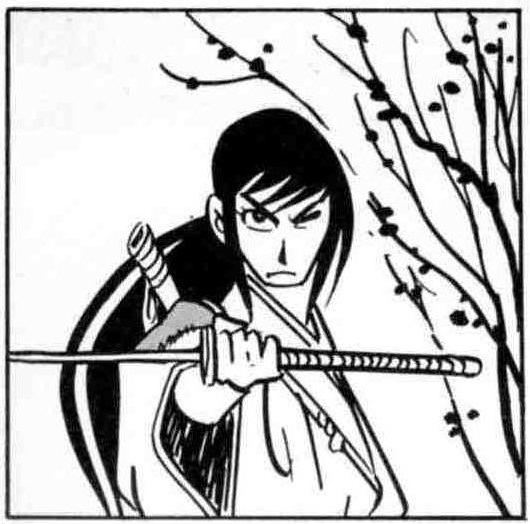
Many of Shirato's works have been adapted as anime series and films, including Ninja bugeichō, adapted by Nagisa Oshima as Band of Ninja in 1967, an unusual film consisting only of images from the manga and voiceovers with no animation. Some works have received attention in the United States, such as The Legend of Kamui, which was released in 1987 by Viz Media, but others remain relatively unknown.
Notable works
